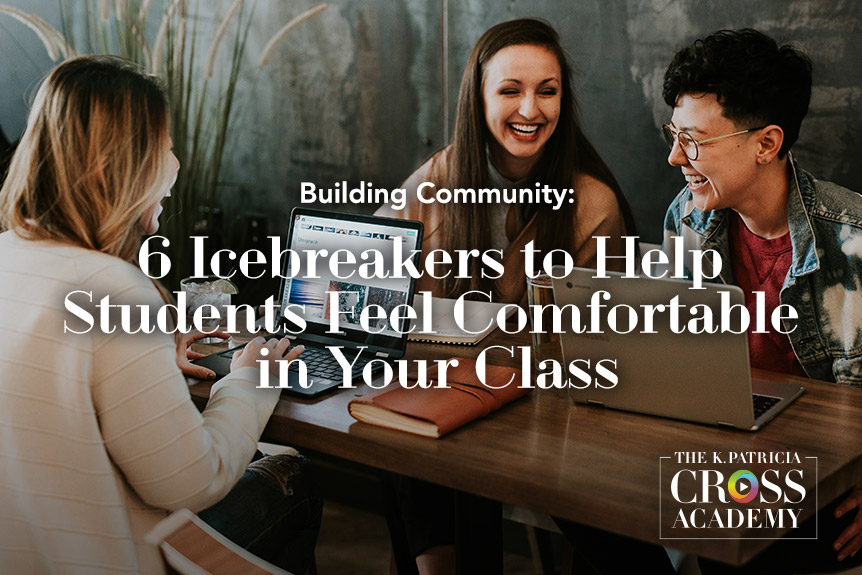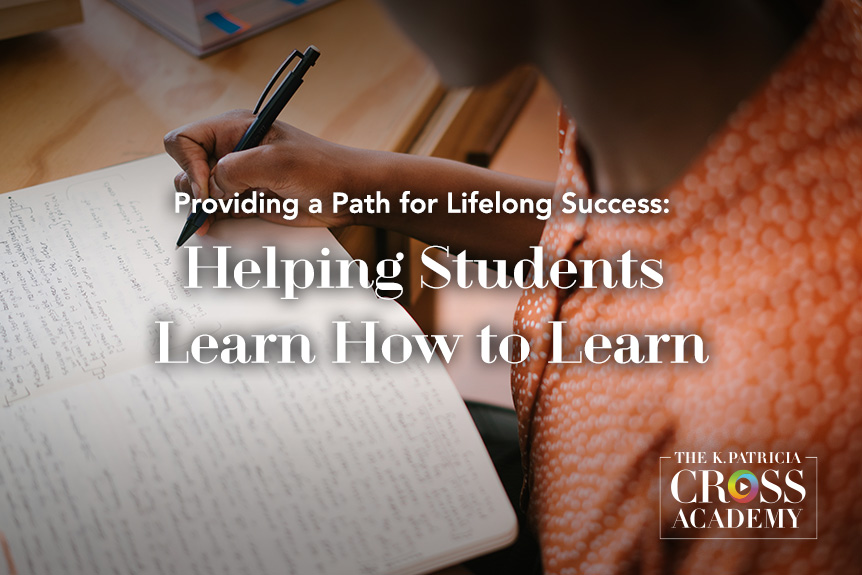
According to surveys, two of the main concerns of most students on the first day of class are whether they will like the instructor and how well they will get along with their classmates (Provitera-McGlynn, 2001). The first days of the semester establish the tone for the next weeks. According to Cavanaugh (2016), “On the first few days of class students will be forming their impressions of you, and this impression may be more important than much of what you do later” (p. 62). Consequently, it is crucial that instructors establish a sense of community from the outset. According to Lang (2019), a successful first day of class should stimulate student curiosity, foster community, emphasize the significance of learning, and establish expectations.
Main idea
Icebreakers can help students get to know each other quickly and thus can help build course community.
It may be beneficial to give icebreaker activities early in the semester to help students overcome social barriers and feel more at ease. Consider the following suggestions for social, content, or course policies/procedures icebreakers.
Social Icebreakers
Social icebreakers use both broad and personal information to help students become acquainted. While many students like social icebreakers, others may feel uneasy giving such information. Offer students the option to skip a question and answer another. Or consider using icebreakers in one of the subsequent categories which are based on course material or policies/procedures.
What’s In a Name?
Ask students to interview one another regarding the significance of their names, with questions such as Who gave you your name? How did the selection of your name come about? Are you named after someone? Do you like your name? What cultural significance do your first and middle names hold? …and so on. (Provitera-McGlynn, 2001).
The Company You Keep
Create a list of various categories of people, such as those who enjoy chocolate, have brown eyes, are fluent in a language other than English, have relocated to the United States from another country, and so forth. As you read through the categories, form groups in various places of the classroom (groups form and reform) or just invite students to get up and look around for individuals who have that quality (Adapted from Penfield, as described in Provitera-McGlynn, 2001).

Course Content Icebreakers
If you or students are uncomfortable with their sharing of personal information, consider using subject matter instead to establish a sense of community. Activities and prompts that focus on course subject can help students recognize and share important prior knowledge, clarify learning gaps, reassure students that others are at a similar starting point, and ignite their enthusiasm in what they will study. The following methods are beneficial for achieving this objective.
Common Sense Inventory
Create a list of five to fifteen interesting true or untrue statements pertaining to the subject or course. Ask students to form pairs or small groups, then discuss, determine, and circle the true or incorrect assertions. Follow-up by projecting a blank matrix on an overhead and requesting that groups explain their decisions. Mark responses with checkmarks in the T/F columns. After discussing each statement or concluding the task, either provide the “right” response(s) or develop suspense by informing students that they will discover the solutions as the course progresses (Nilson, 2003).
Problem Identification
Divide students into pairs or small groups and ask them to identify problems (or subjects, questions, issues, and so forth) that the course should address. Then, request that students provide feedback, using their replies to reinforce or clarify course objectives and content. If students offer topics that you had not planned to address but that you deem appropriate, supplement the planned course content with student-generated modules or activities (McKeachie, Svinicki et al., 2006).
Example
A history professor decided to use content icebreakers to help students get to know each other, focusing on an important course concept. She asked students to form groups of five and gave them the following question: How do we learn about the past?
She gave students 10 minutes to discuss the prompt prior to reporting to the full class. Students talked with each other early in the course and shared insightful comments related to the prompt. The professor was able to connect their responses to upcoming class sessions.
Course Policies and Procedures Icebreakers
Developing common knowledge of the course’s policies and procedures is another crucial aspect of fostering a learning community. Below are activities that might help students feel like they are a part of a community while they are learning vital course material and establishing group standards.
Course Policy Review Groups
Form groups of four to six students, appoint a recorder, and have students generate a list of questions related to course policies and procedures. Distribute the syllabus and instruct students to read it to find the answers to their queries. Request that they record any course information offered in the syllabus for which they did not think to ask and any queries for which they could not find answers. Conclude with a whole-class discussion on the syllabus based on students’ unanswered questions and course-related findings.
As a variation of this activity, create a quiz containing common course-related questions, such as “How do I obtain an A?” “What is the initial due date?” “What is the policy on make-ups?” Distribute these questions along with the syllabus to small groups. Have student groups collaborate to determine the answers to the quiz questions (Millis & Cottell, 1998).
Course Concept Mapping
Choose a key term from the course title or pick a central concept. Form students into groups of four to six and instruct them to establish word connections or related concepts while drawing a concept map. In a subsequent whole-class discussion, have team representatives present and explain their maps, then use these reports to describe the course’s aim or structure (Davis, 1993).
A successful first day of class should stimulate student curiosity, foster community, emphasize the significance of learning, and establish expectations.
What are some Cross Academy Techniques I could use to provide a framework for icebreaker activities?
Many of the Cross Academy Techniques can be easily modified to provide a framework that supports icebreaker activities. For example, consider adapting the following:
In Dyadic Interviews, student pairs take turns asking each other questions that tap into values, attitudes, beliefs, and prior experiences that are relevant to course content or learning goals.
Fact or Opinion encourages students to critically evaluate information by questioning what they read.
In Group Grid, group members are given pieces of information and asked to place them in the blank cells of a grid according to category rubrics, which helps them clarify conceptual categories and develop sorting skills.
Enter your email below to receive information about new blog posts.
Key Reference and Resources
Barkley, E. F., & Major, C. H. (2020). Student engagement techniques: A handbook for college faculty. (2nd ed). Jossey Bass/Wiley.
Cavanaugh, S. (2019). How to make your teaching more engaging. https://tacc.org/sites/default/files/documents/2019-08/how_to_make_your_teaching_more_engaging-che.pdf
Chlup, D. T., & Collins, T. E. (2010). Breaking the ice: Using icebreakers and re-energizers with adult learners. Adult Learning, 21(3-4), 34-39.
Eggleston, T., & Smith, G. (2004). Building community in the classroom through ice-breakers and parting ways. Office of Teaching Resources in Psychology Online. http://teachpsych.org/resources/Documents/otrp/resources/eggleston04.pdf.
Lang, J. (2016). How to teach a good first day of class. https://www.chronicle.com/article/how-to-teach-a-good-first-day-of-class/?cid2=gen_login_refresh&cid=gen_sign_in
Nilson, L. B. (2003) Improving student peer feedback. College Teaching, 51(1), 34-38.
Provitera-McGlynn, A. (2001). Successful beginnings for college teaching: engaging your students from the first day. Atwood.
Suggested Citation
Barkley, E. F., & Major, C. H. (n.d.). 6 icebreakers to help students feel comfortable in your class. CrossCurrents. https://kpcrossacademy.org/6-icebreakers-to-help-students-feel-comfortable-in-your-class/

Engaged Teaching
A Handbook for College Faculty
Available now, Engaged Teaching: A Handbook for College Faculty provides college faculty with a dynamic model of what it means to be an engaged teacher and offers practical strategies and techniques for putting the model into practice.








